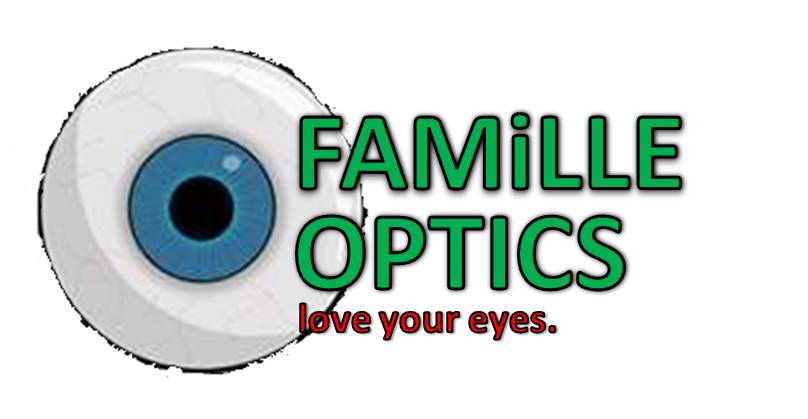What is the macula?

The back of the eye is lined by a layer of delicate nerve tissues called the retina. The retina is like the film of a camera and converts the light into images, and sends them to the brain. The macula is a small area at the very centre of the retina which is used to see fine details for activities such as reading and sewing.
What is ARMD?
Wear and tear of the macula can happen with age. This causes delicate cells to become damaged and stop working. Central vision is affected such that a dark patch blocks the centre of the visual field. However, ARMD almost never leads to total blindness. Patients with macular degeneration will have enough side (or peripheral) vision to get around and keep their independence.
ARMD is the leading cause of legal blindness in the over-65-year age group in developed countries of the west. Some patients develop ARMD even before they reach the age of 60.
As the population in Singapore is ageing, it is becoming a significant cause of blindness here as well.
There are two types of ARMD:
Dry ARMD
There is deposition of waste products in the macular region, followed by degeneration of the retinal cells. Although there is no known effective treatment for dry ARMD, loss of vision is usually not severe until very advanced stages. This form of ARMD is more common than the wet form.
Wet or Exudative ARMD
The development of abnormal blood vessels under the retina can lead to fluid and protein leakage or bleeding. The loss of vision is usually more severe. There are various forms treatment available for wet ARMD. Despite treatment, wet ARMD often leads to severe loss of vision. Another form of wet ARMD which particularly affects the Asians is idiopathic polypoidal choroidal vasculopathy.
What are the symptoms?
Central vision of the eye may be blurred or distorted, objects looking an unusual size or shape, straight lines appearing wavy or fuzzy.
What are the treatments?
1. Observation with regular check-ups for mild and non-progressive forms of the disease.
2. Destruction of the abnormal new vessels in wet ARMD using:
a. Direct laser ablation.
b. Transpupillary thermotherapy (TTT)
c. Photodynamic therapy (PDT)
3. Injections inside or around the eye.
4. Surgery
5. Nutritional supplements

No comments:
Post a Comment